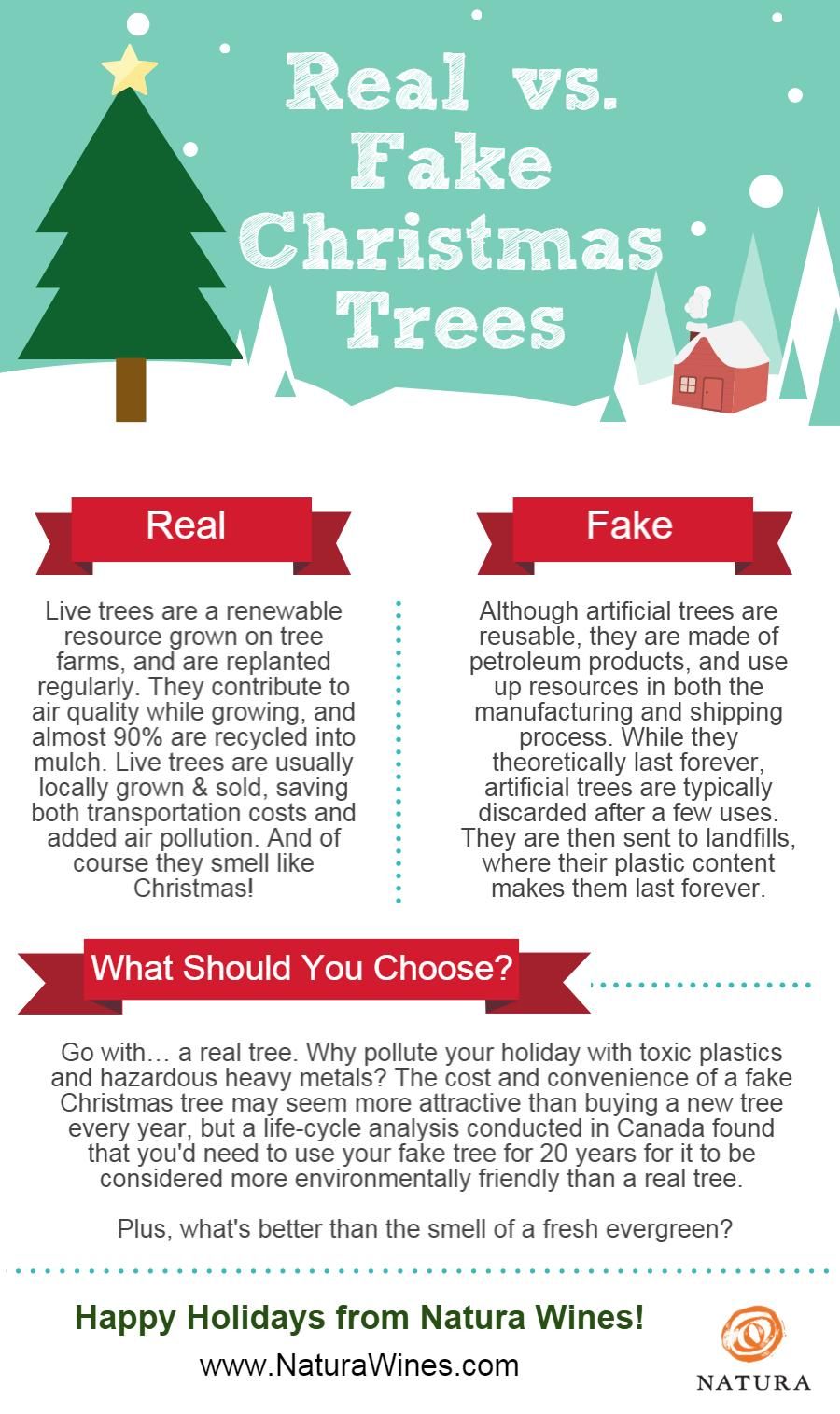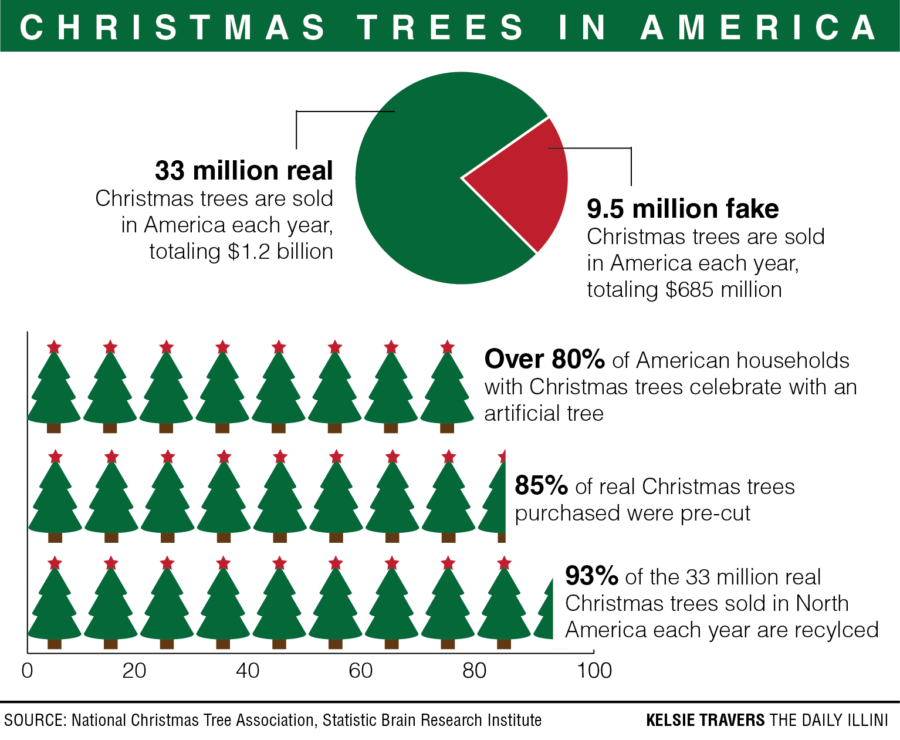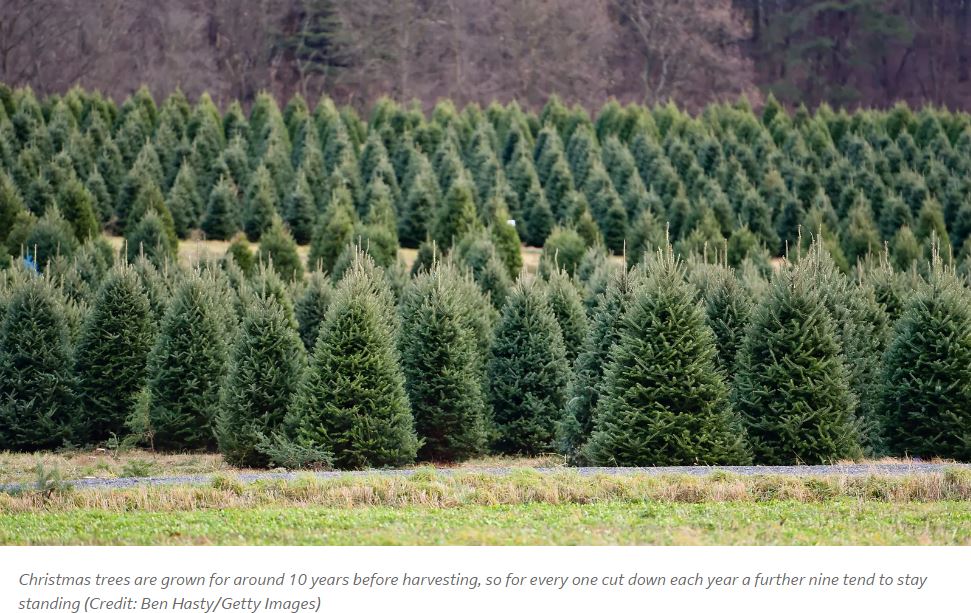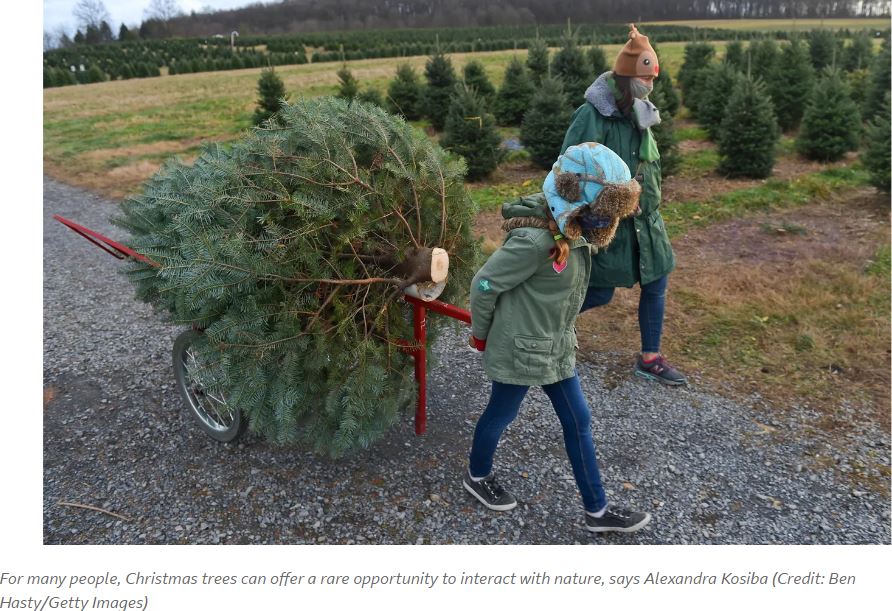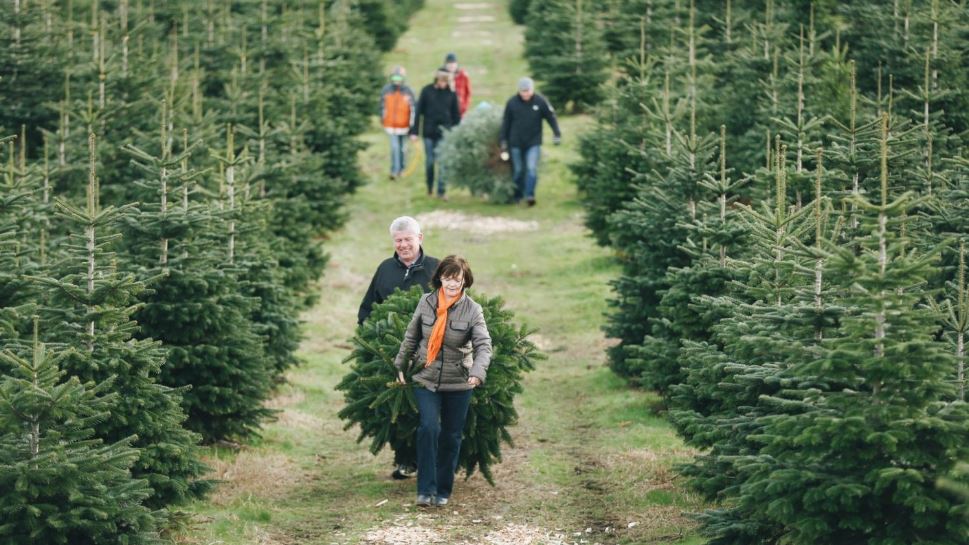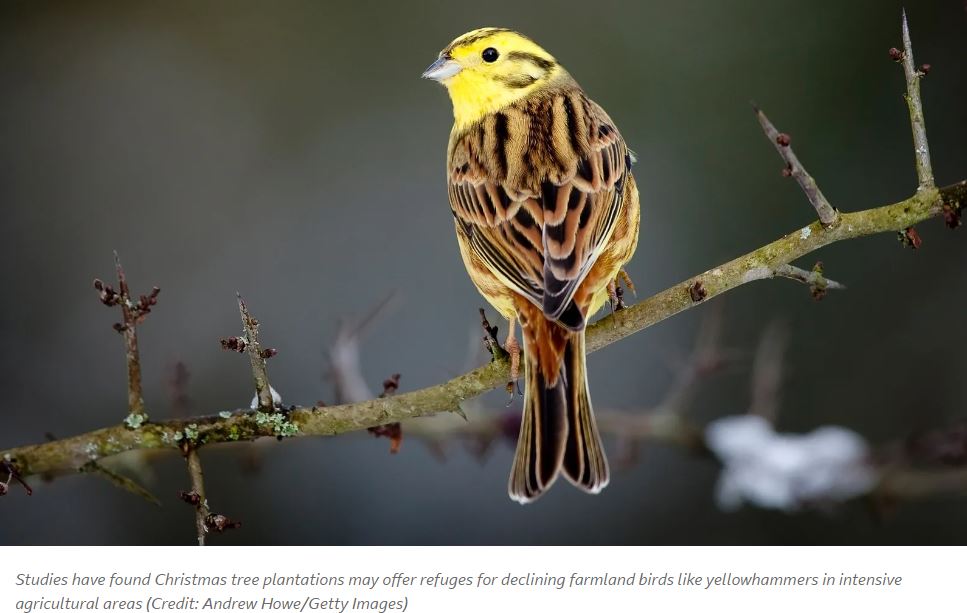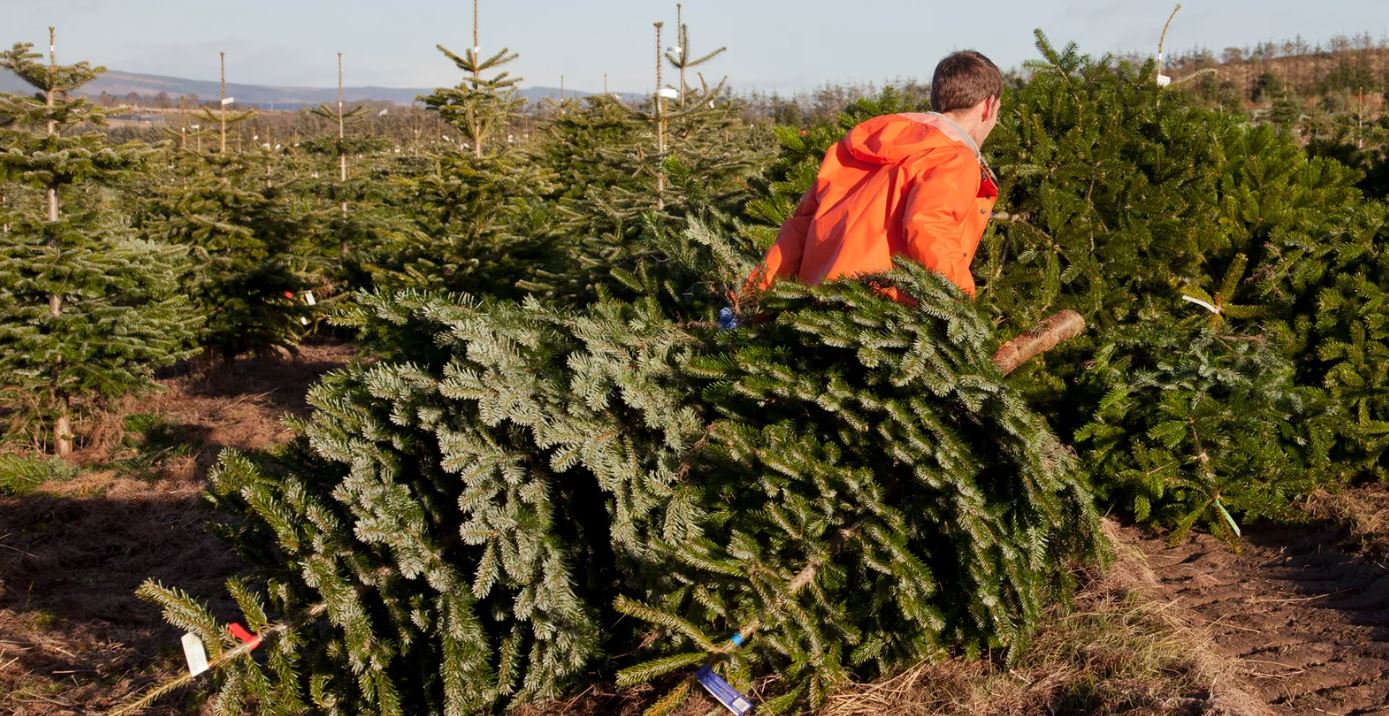19.12.2022
Real Or Fake - The Overlooked Benefits Of Real Christmas Trees
The environmental pros and cons of Christmas trees go far beyond the climate impact of "real or plastic". In the U.S., around 10 million artificial trees are purchased each season. Nearly 90 percent of them are shipped across the world from China, resulting in an increase of carbon emissions and resources. And because of the material they are made of, most artificial trees are not recyclable and end up in local landfills. Not to mention the smell of new plastic is just not as nostalgic as a crisp, fresh evergreen. When these natural trees are harvested for sale, there are more than ten times as many left standing! Out of the 350-500 million growing on tree farms across the U.S., only 30 million trees are harvested for Christmas each year. Buying real trees will help keep tree farms in business – and in turn keep their lands covered in the healthy forest habitat that wildlife depends on to survive. For every tree purchased, farmers plant 1-3 seedlings in its place according to the National Christmas Tree Association. That means more trees to fight climate change and to provide more vital benefits for people and nature like clean air and water, wildlife habitat and healthy soil. Credit: NOW THIS
Poverty deprives people of adequate education, health care and of life's most basic necessities- safe living conditions (including clean air and clean drinking water) and an adequate food supply. The developed (industrialized) countries today account for roughly 20 percent of the world's population but control about 80 percent of the world's wealth.
Poverty and pollution seem to operate in a vicious cycle that, so far, has been hard to break. Even in the developed nations, the gap between the rich and the poor is evident in their respective social and environmental conditions.
Poverty and pollution seem to operate in a vicious cycle that, so far, has been hard to break. Even in the developed nations, the gap between the rich and the poor is evident in their respective social and environmental conditions.


